The location of the air vents in your heating and cooling system may appear insignificant, yet it has a significant impact on your comfort. Have you ever wondered where the vents should be placed to optimize your HVAC system? Here's what we found out after doing some research on this topic.
There are three main parts of the house where vents are mostly installed: floor, ceiling, and wall.
- Floor vents are commonly located beneath windows or near inner walls.
- Over the window, near an interior wall, or in the middle of the room [for four-way vents] is where ceiling vents are usually positioned.
- In cold regions, wall vents are placed low on the inner walls, while in hot climates, they are placed high on the interior walls.
But why are vents an integral part of your HVAC system? What is the importance of placing your vents in the right places? What factors should be considered in choosing the right location? Read on to learn more about HVAC vents.
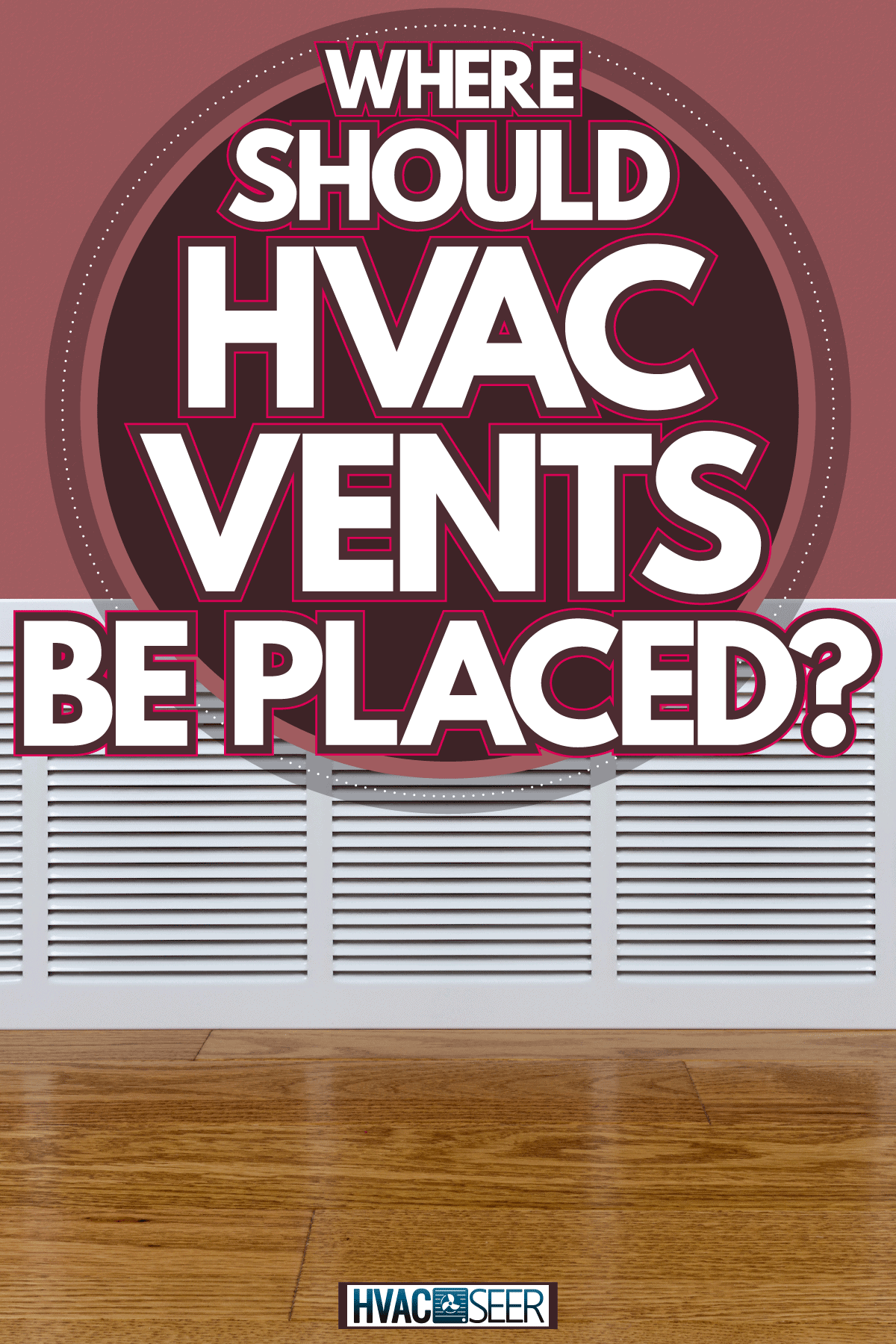
Why Should The Placement Of Vents Matter?
The placement of vents in your home can significantly impact your HVAC system's efficiency. You may make more confident judgments regarding your HVAC system by understanding the advantages of placing intake and output vents in specific areas of your home.
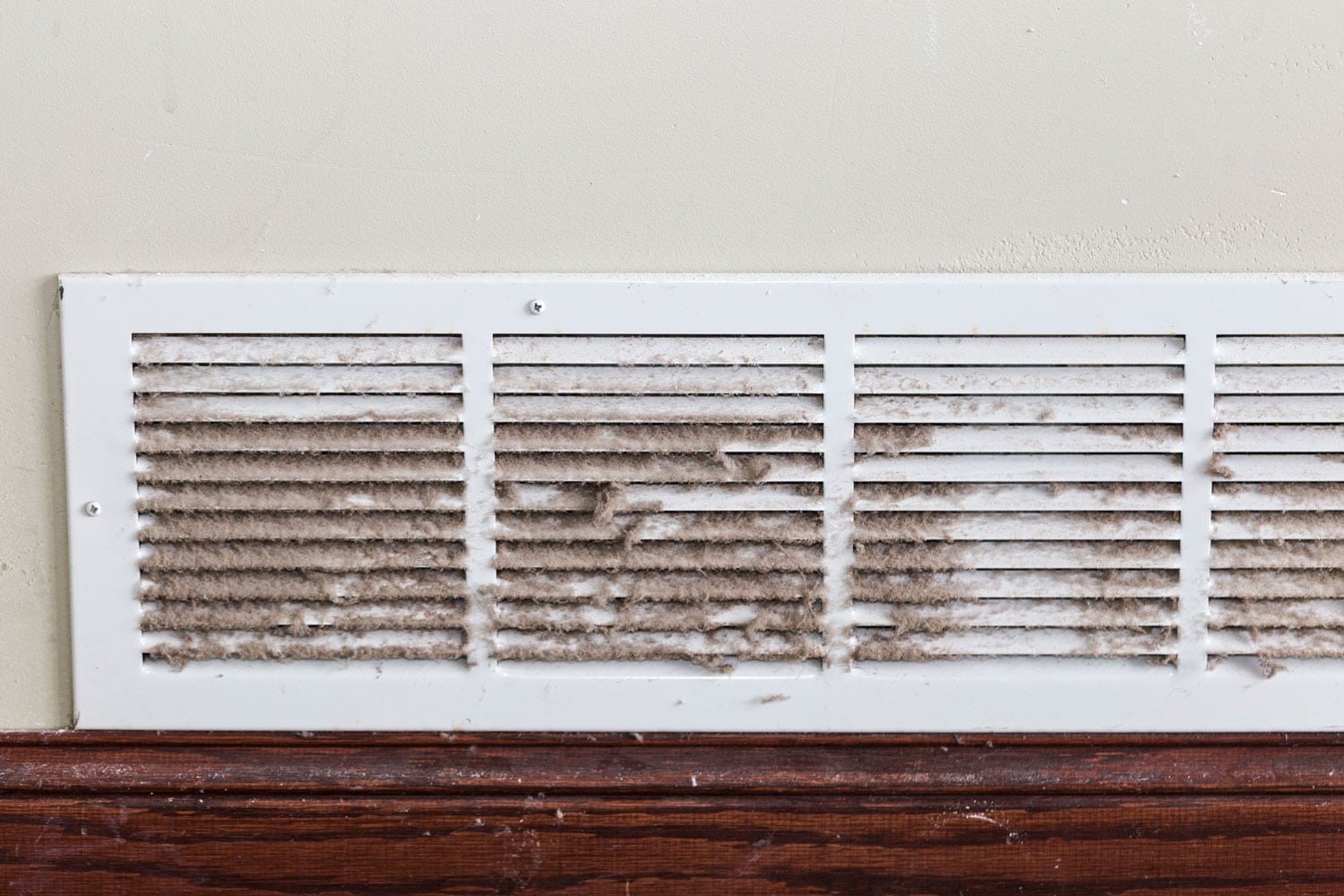
Considering the proper locations for your air vents should not be your only concern. You also should think about the correct type of vents for ideal temperatures and airflow.
The placement of vents impacts how comfortable different areas of your home are, as well as how you can furnish and decorate each one. Here are some tips in finding the perfect place to install your vents:
1. Air ducts should be kept close to the ceiling
When it comes to vent placement in your house, one of the most important things to remember is that air ducts installed near or within the ceiling are often the most energy-efficient alternative.
This approach evenly cools or heats your home without hot or cold areas, lowering your energy consumption and thereby saving you money.
2. When deciding where to put your vents, think about your lifestyle
Another thing to consider is your lifestyle demands when determining where to place vents throughout your home. You want your home's vents to be placed in the most usable locations, as this will help keep these rooms as comfortable as possible.
This is especially essential when you realize that not all HVAC systems can simultaneously blow air into every area in the house.
Nevertheless, you should consider and arrange for any barriers that may restrict the passage of air.
3. Ducts should be placed according to the layout of your home
Some portions of your home may also be open to increased air circulation, reducing the need for many vents, depending on the exact structure of your home. This is often observed in homes with more open flooring plans.
You have to keep in mind other characteristics of the room's arrangement, including not only where you'd like to feel the chilly air the most but also where it might be blocked or stopped.
Determine where a vent should be installed in the room and which rooms the vents should be placed in, as not all units will blow air into every room.
You should also avoid installing vents directly over electrical outlets or in regions that are difficult to clean and maintain.
What Are Vents And Their Function In Your HVAC System?
Air vents are the metal plates that cover the homes' openings and allow air to enter and exit the air ducts. Vents are classified into two, namely supply and return vents.
Supply Vents
Supply ducts are connected to supply vents. They provide conditioned air to your home. Most supply vents have louvers that may be adjusted to guide airflow.
To see if it's a supply vent, hold your palm up in front of a vent; a supply vent will blow air out.
Return Vents
Return vents are used to link return ducts. They take air from your home and return it to the heating or cooling system. Return vents are larger than supply vents and do not have louvers that may be adjusted.
You'll know it's a return vent if you put your palm up to a vent and feel suction. Naturally, any sense of air coming in and out of vents is contingent on you turning on the system's fan.
Floor, Ceiling, Wall Vents—What Are They Used For?
Now, you may wonder, are there any differences between floor, ceiling, and wall vents? What are they used for? Here are a few comparisons of these three:
Floor Vents
If you reside in a climate where heating is more common than cooling, floor vents are the best option. Because warm air rises naturally, it rises toward the ceiling from the floor, heating the entire space.
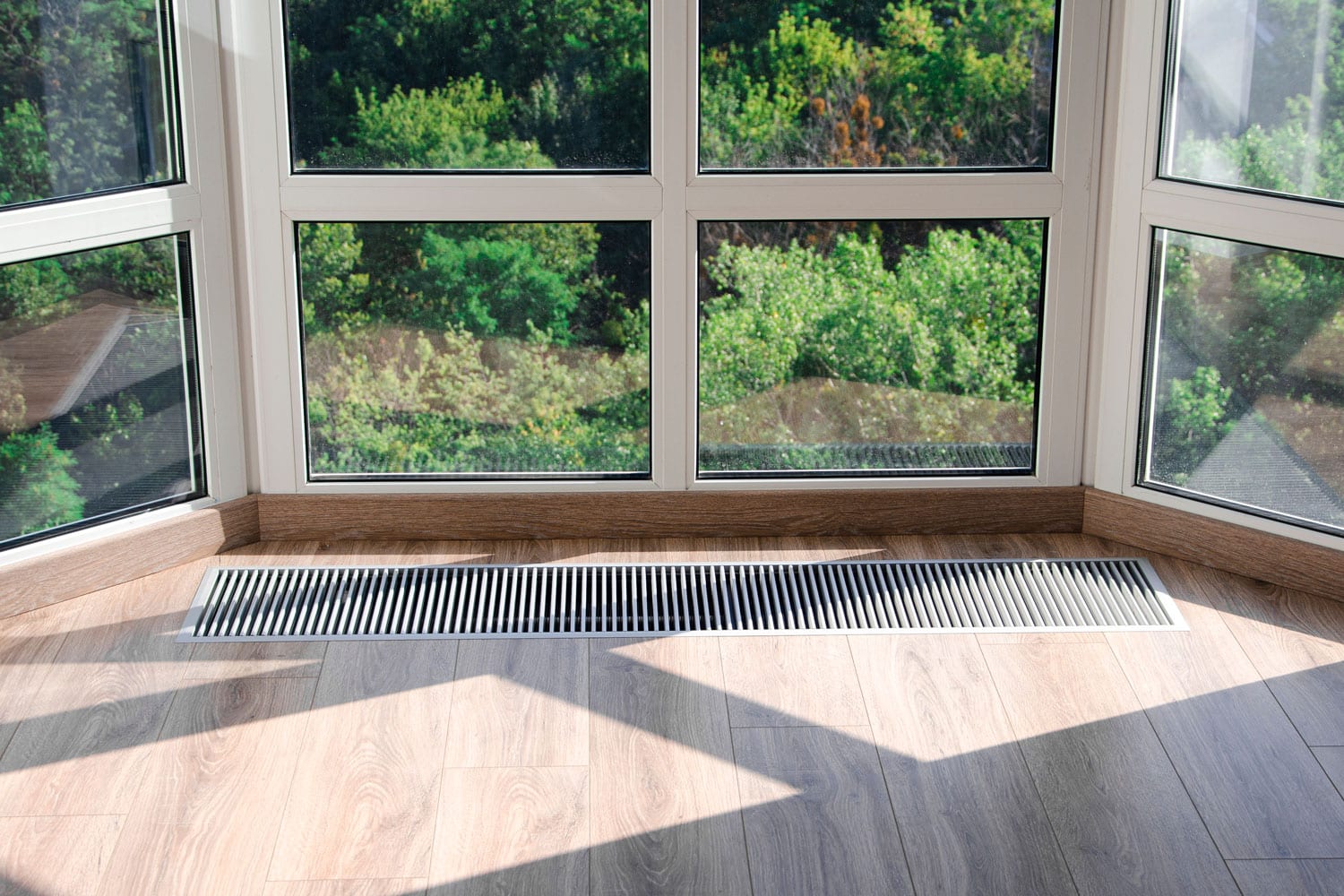
However, using floor vents can make it difficult for you to fit the furniture you want in the arrangement you desire in very compact rooms, especially if the vent is at a corner.
Another minor drawback of floor vents is that they tend to collect dust and debris. They're also more likely to be blocked by a toy or other object, which is something to keep in mind if you have small children at home.
Ceiling Vents
Ceiling vents are often preferred in hot climates when cooling is required most of the year. The cold air from your ceiling vents will flow throughout your home rather than collecting on the floor since warm air rises, and cool air descends.
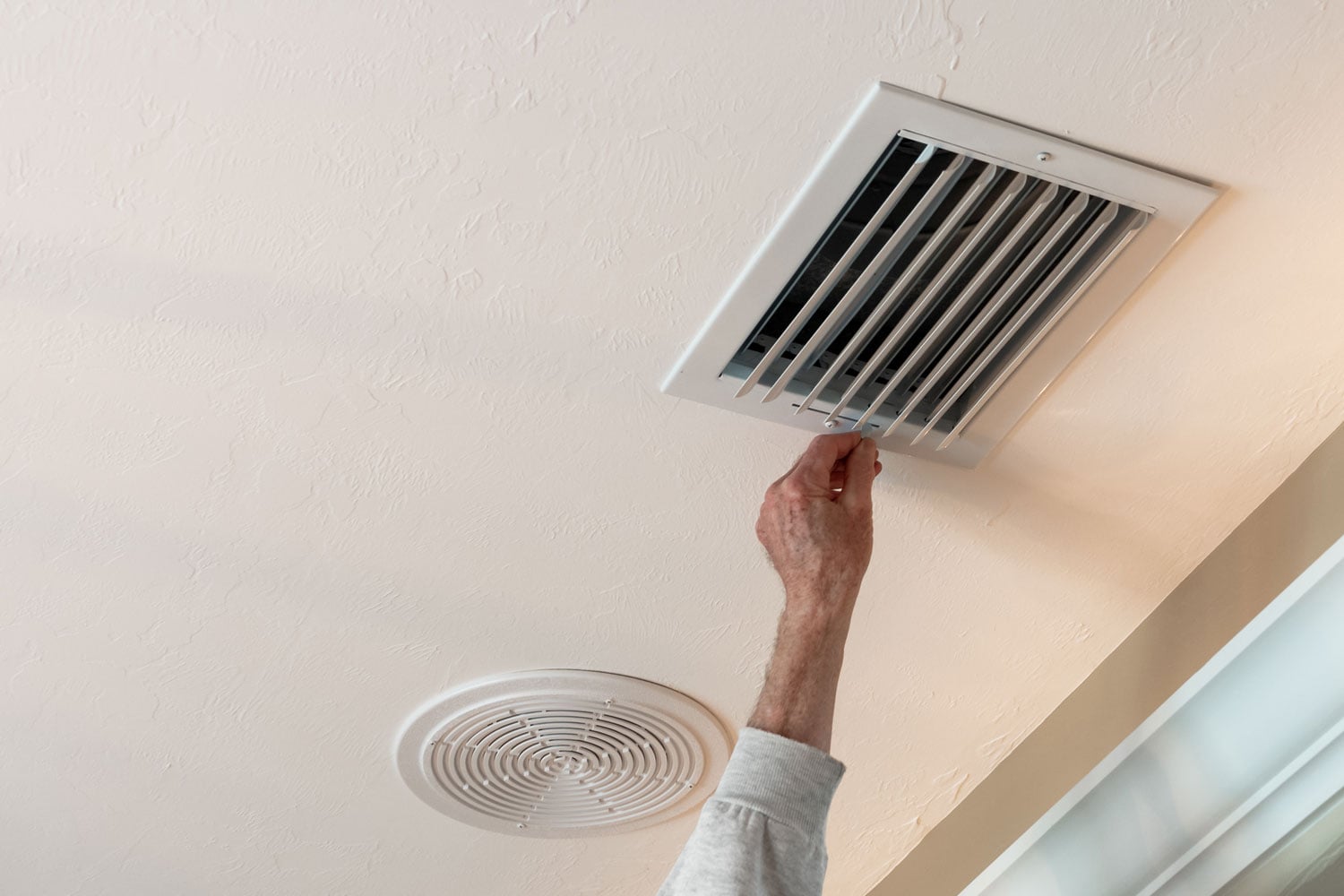
Having your vents in the ceiling has the advantage of giving you extra floor space and allows you to arrange your furniture more creatively. Also, unlike floor vents, ceiling vents are less prone to dust buildup.
However, to keep your ceiling vents in good working order, you should clean them yearly.
Wall Vents
In cold regions, wall vents are positioned low on the interior walls, while they are placed high in hot ones.

Air from wall vents rushes across the top of the room, mixing with the ambient air. This air pushes air up toward it as it passes, resulting in even better air circulation. Same with ceiling vents, wall vents also give more space for flooring.
Although, even for expert installers, installing these vents is difficult, and connecting the ducts to them is likewise.
Can You Close Vents That Are Not Used?
Many homeowners feel that shutting vents in empty rooms is a cost-effective approach to saving energy. After all, letting air into the guest room serves no purpose if no one stays there.
Unfortunately, shutting your HVAC vents isn't as simple as it may appear.
Closing your home's vents isn't an effective strategy to control airflow. Remember, based on the square footage of your home, your HVAC system is intended to send a particular volume of air through it.
Whether your vents are open or closed, they will continue to blast the same volume of air. Air pressure will build up in the ducting if you close too many vents.
As a result, your HVAC system has to work harder than necessary to draw air into your home.
There will be a pressure difference in a room with closed vents and a closed door. It will suck air in as best it can around the doors and windows, lowering your energy efficiency and perhaps affecting your home comfort by generating unequal hot and cold zones.
To Wrap It Up
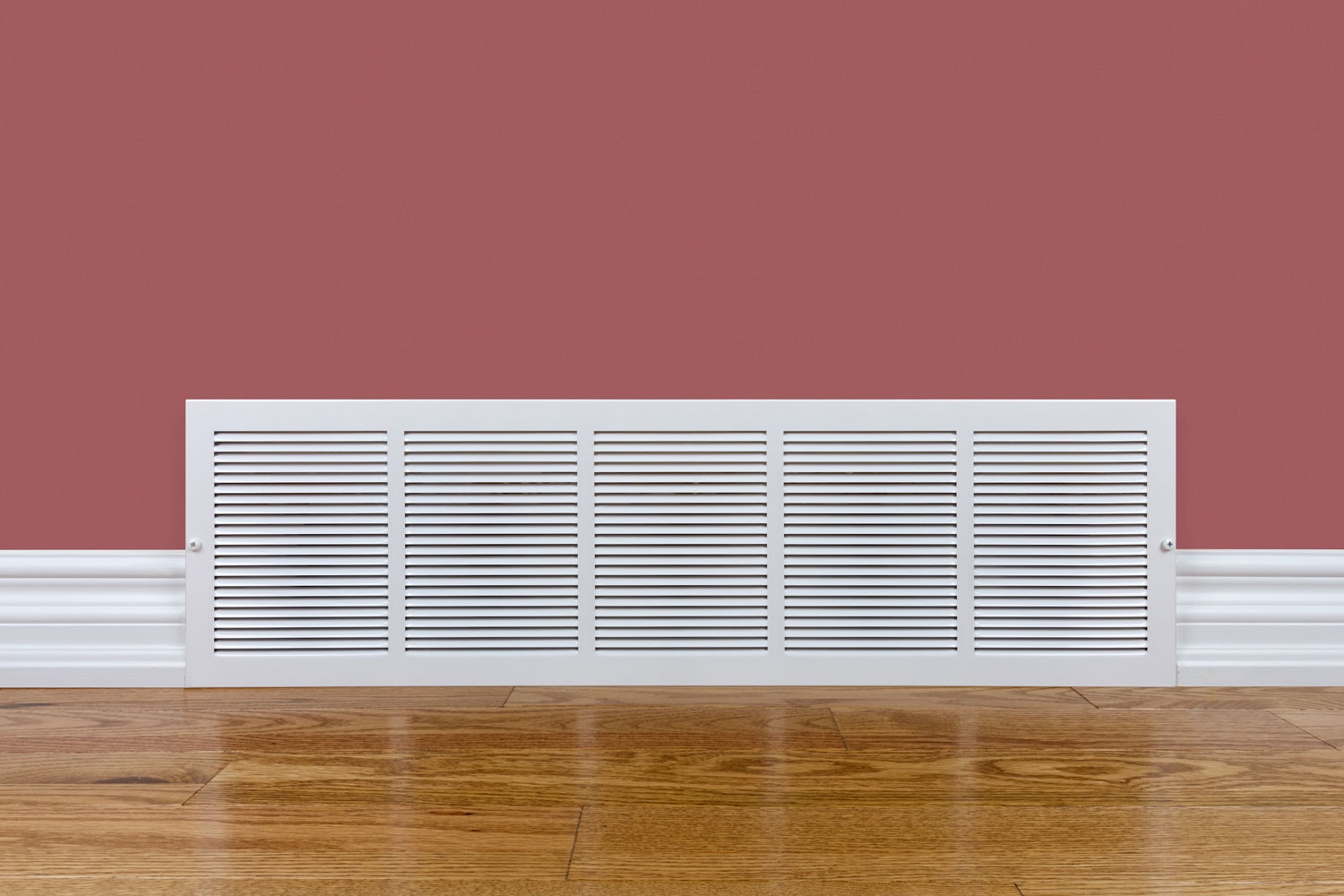
Choosing the right location for your air vents is not an easy challenge. It requires critical and technical decision-making to make your HVAC system function efficiently. Proper placement of your vents impacts the comfort you'll experience within your home.
Floors, walls, and ceilings are the most common areas where you can see where vents are installed. Floor vents are preferred for areas that require heating, while ceiling vents are used in areas where cooling is more needed. Wall vents are suitable for better and even room air temperature.
In addition, you must also identify if your vents will be used to supply air or suck back air to your HVAC system.
Moreover, closing air vents can negatively affect the performance of your HVAC system. You may think this is a good move to save energy costs, but that is not the case. Instead, it makes your system work harder. It can also cause uneven cold and hot zones in your home.
However, it is still best to consult experts regarding more technical aspects of your HVAC system.
On another note, do you want to learn more about vent maintenance? You can read these articles for more helpful information:
